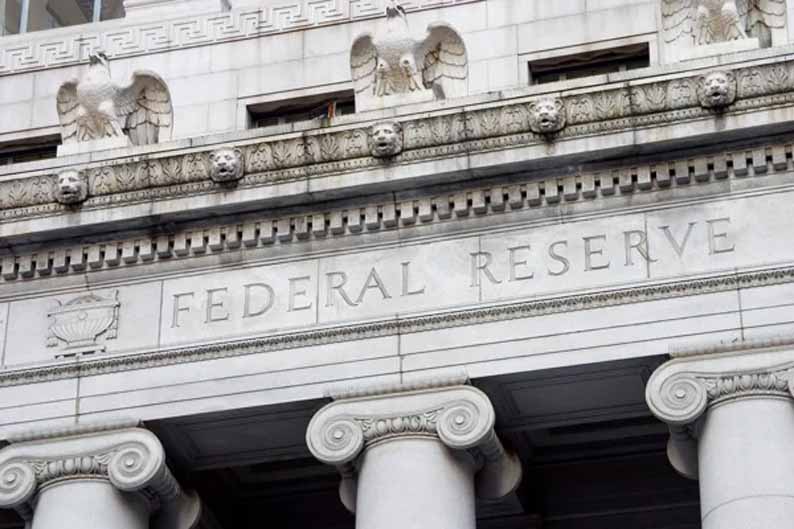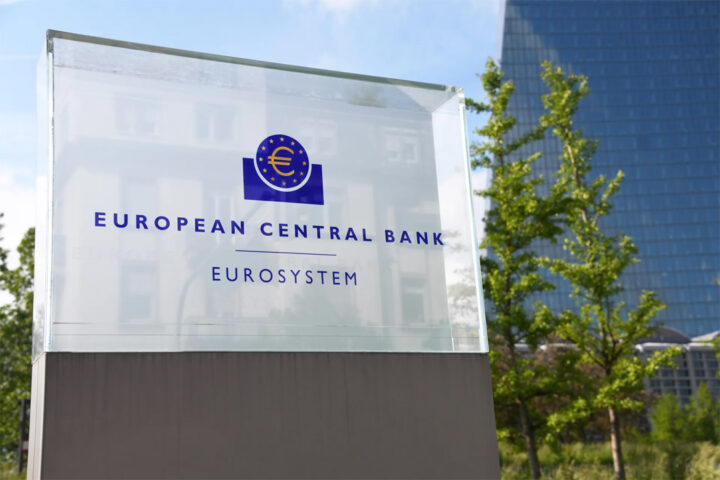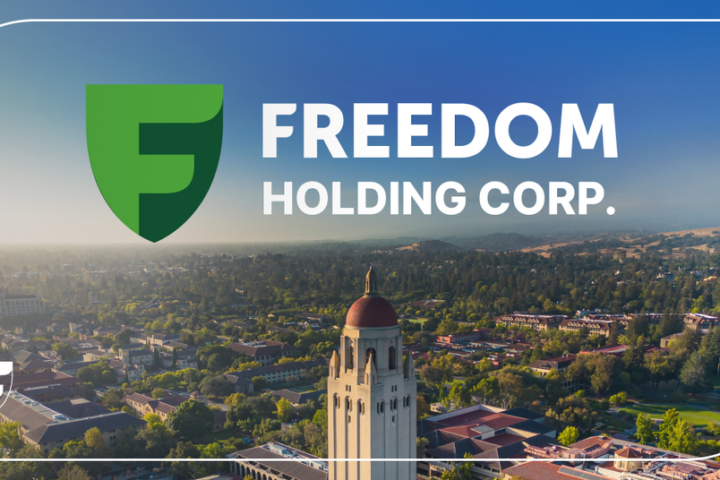The Federal Reserve’s FOMC minutes signal that officials are hawkish, “and we’re not likely to see more than one rate cut in 2025 – at most,” according to the CEO of a leading independent financial advisory nd fintech.
“This stance reflects a mounting realisation that inflation remains dangerously sticky, and the interest rate needed to bring it fully under control needs to remain higher than many previously anticipated,” said deVere Group Nigel Green.
Minutes from the Fed’s December 17-18 meeting shows that some participants believe it might be prudent to pause rate cuts if inflation readings remain above target or economic momentum persists.
The last 25 bps rate cut was broadly supported, but with the majority also favoring a cautious approach to further easing.
Despite the December quarter-point cut, there seems to be little appetite for further reductions, as central bankers confront a robust US economy and fears that inflation could become entrenched if rates are eased too quickly.
Fed Chair Jerome Powell has previously described the current economic landscape as akin to “driving on a foggy night or walking into a dark room full of furniture.”
“The uncertainty stems from the dual pressures of sticky inflation and unpredictable economic impacts from the incoming Trump administration’s tariff and tax policies,” noted Green.
Path forward risky
For the Fed, the path forward is fraught with risk. The minutes appear to highlight fears that inflation may not fall back to the 2% target without maintaining or even increasing the current level of monetary restriction.
“The Fed understands the stakes here,” said Green. “Premature rate cuts could risk fueling further inflation, damaging its hard-won credibility and forcing even harsher measures down the line.”
He said the Fed’s hawkish tone carries profound implications for investors.
The deVere CEO outlines four critical strategies to capitalise on the shifting environment:
Bond market opportunities
“After two years of higher rates hammering bond prices, fixed-income assets are now a beacon of value,” Nigel Green affirmed. “Long-term government and corporate bonds are poised to deliver stable returns as inflation expectations moderate and risk-averse investors seek safe havens.”
Focus on quality equities
“Investors should pivot to companies with strong balance sheets, stable cash flows, and proven pricing power,” he continued. “These firms are better equipped to thrive in an era of elevated borrowing costs and persistent inflation.”
Inflation hedges are non-negotiable
Gold, Bitcoin and broad-based commodities remain indispensable tools for portfolio protection. “In addition, dividend-paying stocks offer the dual advantage of income and resilience against inflation’s erosive effects,” he noted.
Avoid overexposure to risky sectors
Sectors reliant on cheap borrowing, such as tech and growth stocks, typically face amplified headwinds in a higher-rate environment. Instead, Nigel Green recommends considering shifting toward sectors that benefit from steady economic demand, including energy, utilities and healthcare.
The deVere CEO believes that 2025 will see a drastic slowdown in the pace of rate cuts because the Fed recognises that taming inflation will take longer and demand more discipline than previously anticipated.
“Markets hoping for a dovish pivot are in for a reality check,” he warned.
“Investors must adapt to the new normal of elevated rates and focus on robust, diversified portfolios. Those who ignore the Fed’s implied messaging in the minutes will do so at their peril,” Green concluded.










